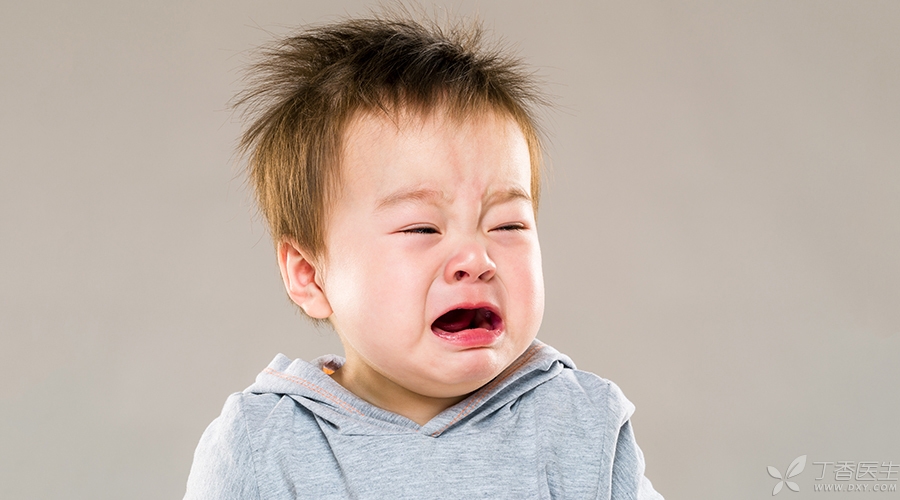 The vaccination area of the community hospital can be called [hell on earth]. Children cry one after another, as if fear would be infected.
The vaccination area of the community hospital can be called [hell on earth]. Children cry one after another, as if fear would be infected.
Here is a gladiator of coaxing baby skills. Parents do all they can to coax baby not to cry:
Baby, don’t cry, don’t be afraid, it doesn’t hurt ~
Baby, you are a boy, be strong and stop crying.
Look at the sugar in mom’s hand? I’ll give it to you if I don’t cry ~
If a child happens to be vaccinated and does not cry (or successfully coaxed to stop), the parent will be [worshipped in the eyes] by a circle of parents nearby…
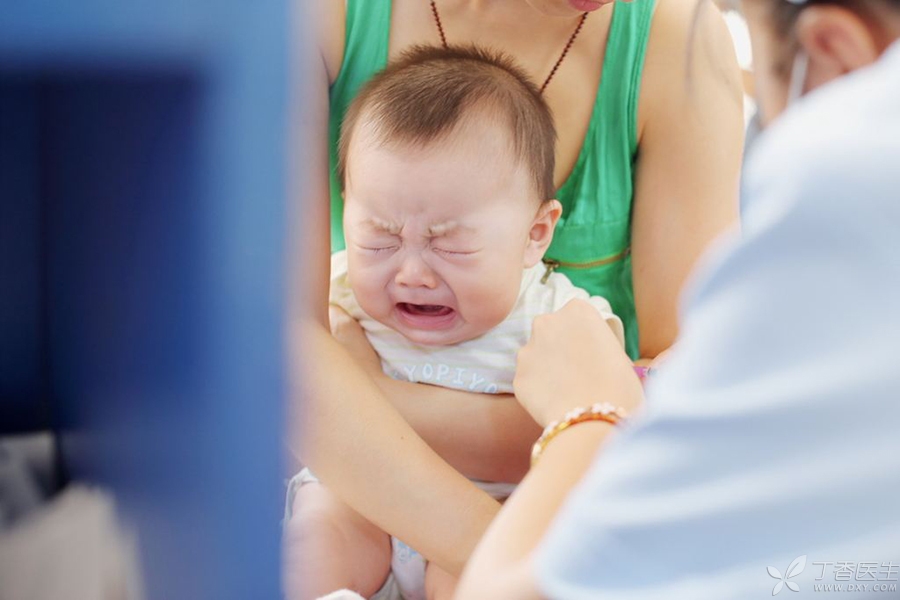
The above kind of situation is very common. As long as the baby cries, parents will surge up with various emotions: irritability, uneasiness, remorse, annoyance… Therefore, coaxing can also be used to shout. As long as the baby does not cry, the problem will be solved.
But is this really good? Teacher Qin Nan, a psychological consultant, said: No children are allowed to cry, which is actually a kind of [invisible damage] to children.
Why don’t we want our children to cry?

Will cry bad body, watching baby cry heartache ah.
How bad it is to cry, how good it is for children to be happy!
Parents will mostly say it is [for the sake of their children] and think crying is a bad mood (laughter is it). They hope their children can get rid of [bad mood] as soon as possible.
However, crying and laughing are both emotions, and there is no difference between good and bad. [Bad emotions] are just labels that we adults put on emotions.
Children’s crying is not a bad mood in itself. Children’s crying affects adults and makes us become [bad mood].
If children cry outside, parents will be more anxious, and some parents will use threats and violence to solve the problem. In the end, it is because they don’t want others to feel like a [bad father/mother].
No matter how what is used, the child only needs to stop crying.
The problem seems to be solved, but it is only your emotional problem, not the child’s problem.
I don’t want Eva to cry. To put it bluntly, it’s just because I feel [troublesome], afraid of handling and don’t want to face it.
Children crying is a process of self-healing.

When a baby is just born, the first thing to learn is to cry.
Crying means that the baby is hungry, wet in urine, uncomfortable, frightened and will cry without a sense of security.
Crying is [asking for help if there is a problem] and is the only way for babies to communicate.
Some parents think that crying will become a bad habit, so the child does not hug when crying and does not hug until crying. Under such circumstances, the baby is easily insecure and his signal for help is ignored.
As one grows older, children’s crying contains more emotions: they are afraid of crying when taking vaccines; When you are not satisfied, you cry angrily. I was wronged by my mother and did something wrong. I cried with injustice…
If parents blindly stop their children from crying, then the first thing they face is that children cannot learn to face up to and recognize their emotions.
Mom, my heart is very sad, but I don’t know what’s wrong with me. Apart from crying, I don’t know that I can still be what. Who will help me… … …
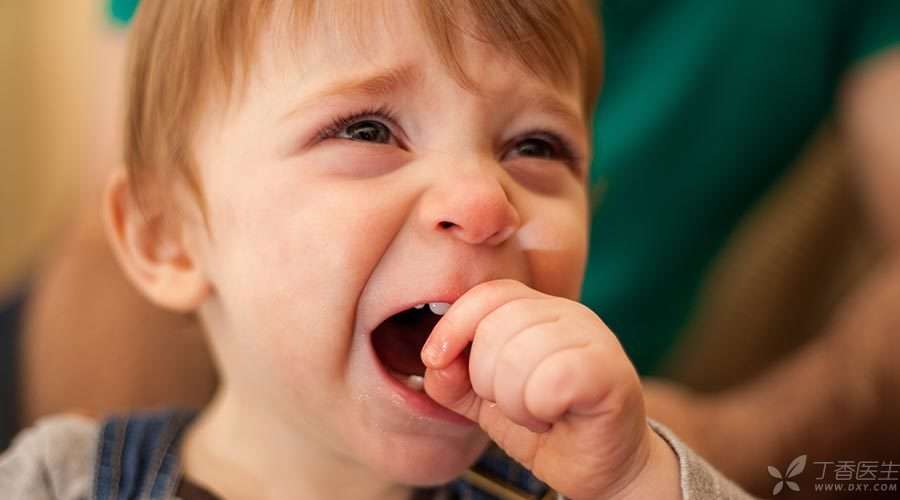
Parents do not allow their children to cry, and they will also send a message to their children-parents do not care about me, do not care about me, and do not love me.
Looking back at what we often say when our children cry, the hidden meaning behind it is what:
1. Don’t cry, baby, be strong (negative)
2. Tired to death, don’t cry (disgust, disgust)
3. Cry again and you won’t care (threat)
4. What are you crying about? Can crying solve the problem? (complaining)
5. Look at people, you love to cry (blow self-esteem)
6. Eat a candy and stop crying ~ (divert attention)

The attitude and words of these parents towards crying actually fundamentally negate the children’s emotions, which can only make the children feel helpless or denied, and the children’s emotions cannot be released.
We all have such experiences: when life or work is under great pressure, we will go to a sad movie to cry, sweat all over the body during exercise, and even go to KTV to howl for one night. When we have finished venting, we will feel more relaxed.
The same is true for children, and crying is their only way to release their emotions.
If you suppress your emotions, your emotions will become stronger and stronger.
Release emotions, emotions will become weaker and weaker.
If children grow up in an environment where they are not allowed to cry and are used to suppressing their emotions, they will become more and more unable to deal with their emotional problems when they grow up. Over time, it is easy to cause personality defects.
Please give the child the right to cry.
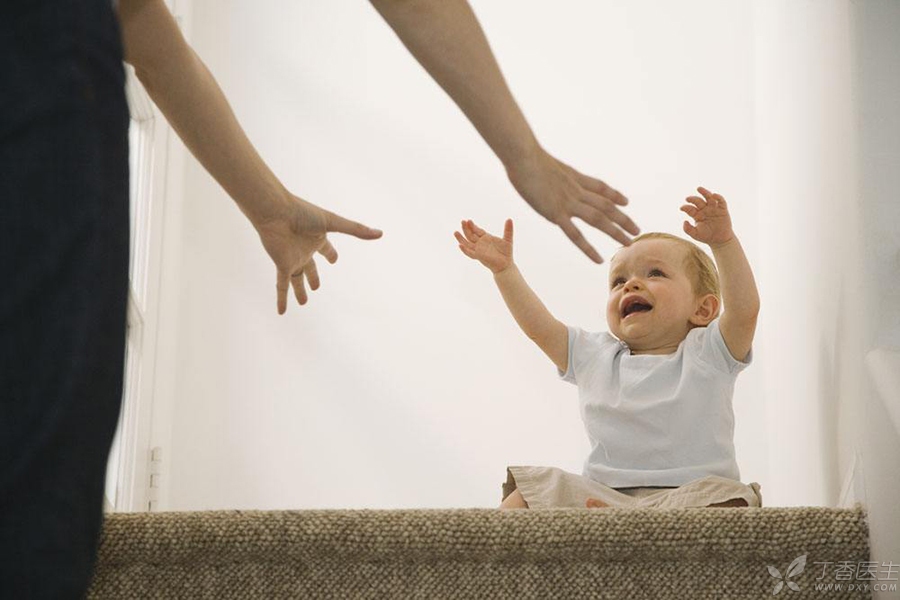
Although this sentence is not pleasant to hear, it is still necessary to say that parents who do not allow their children to cry are stupid.
Parents’ respect and guidance for their children’s emotions is the best emotional classroom and emotional intelligence education for their children.
Respect and recognition of emotions, so that children will not suppress themselves in order to please their parents, can be frank and frank to be a real self, and learn to take care of other people’s feelings in future interpersonal relationships.
What should we do? Let’s give an example:
The little girl who just entered the park cried loudly because her mother left.
The teacher hugged the girl to make her cry while patting her back gently: I know you feel very sad now, reluctant to part with your mother, cry if you want.
(Waiting for the child’s mood to calm down slightly)
Teacher: You miss your mother very much, don’t you?
Girl: Yes, I miss my mother very much.
Teacher: Mom will definitely pick you up again in the afternoon. Can you tell me that we can make you feel better by doing some what here? Painting or kneading clay?
Girl: Drawing.
Teacher: Then let’s draw a picture and give it to Mom when she comes to pick it up.
Girl: Uh-huh, I’m going to draw a little flower
A short scenario is completed in four steps:
1. Recognize children’s feelings and emotions, do not deny emotions, respect and allow them to vent their emotions;
2. Guide children to recognize emotions (e.g. Sadness, fear, injustice, anger, etc.)
3. Find a way to solve the problem and let the mood begin to change.
4. Inspire children to find ways to solve problems.
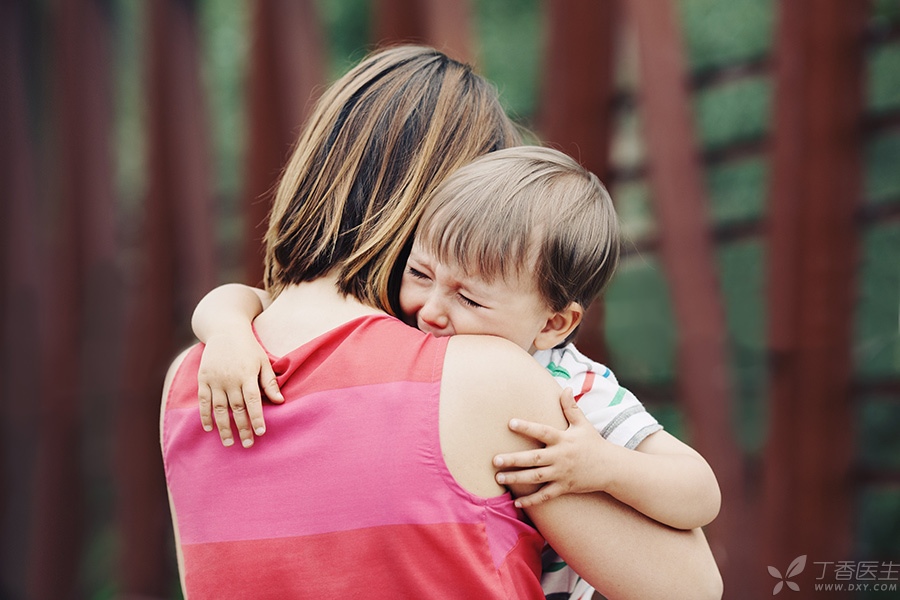
Some parents will say that the baby is still young and will not express his wishes. My children will not eat that kind of thing and will not listen to anything when crying.
Then let the child cry freely.
Don’t blame, don’t worry, give the child a hug, quietly accompany him until he calms down, tell the child:
Mom/Dad is always with you, baby, cry if you want.
That’s enough.
